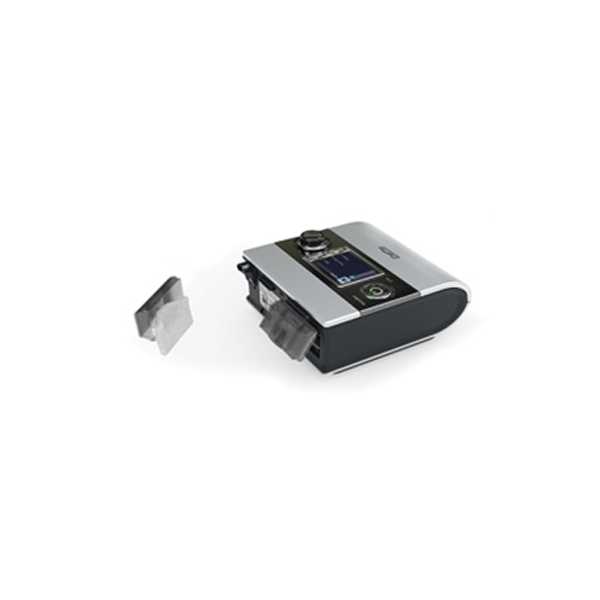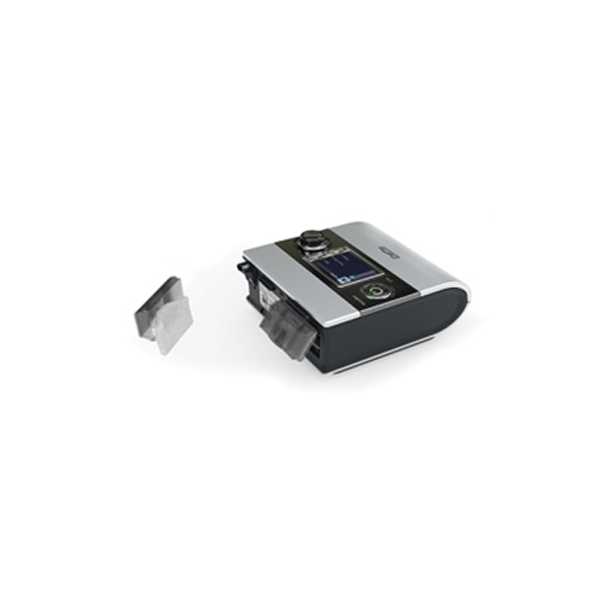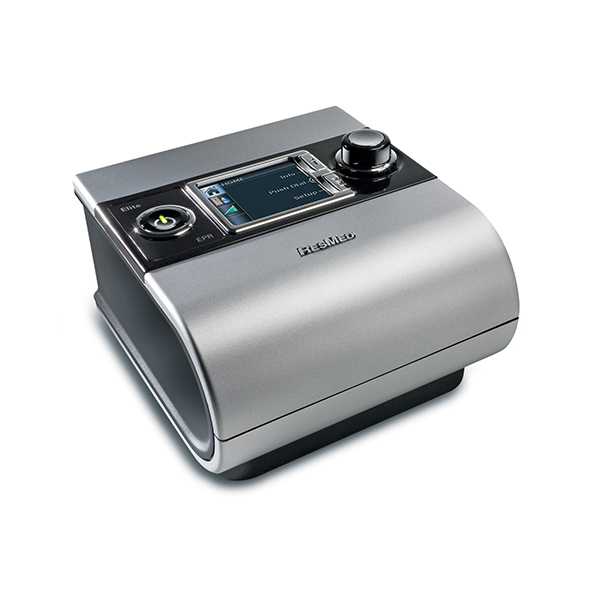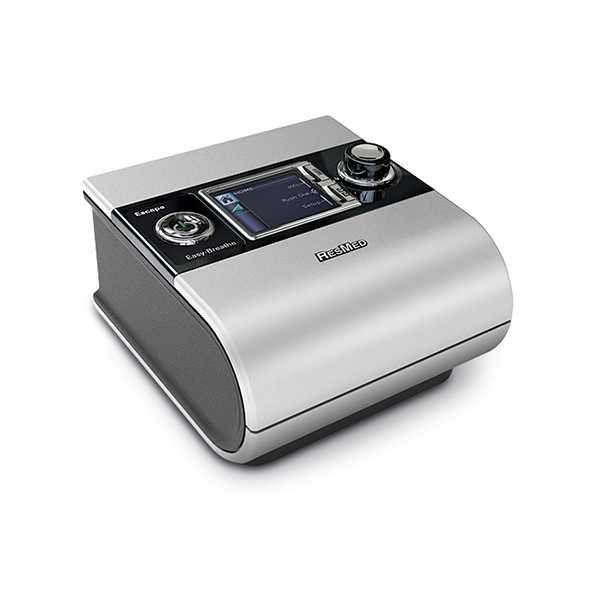resmed s9 vpap st
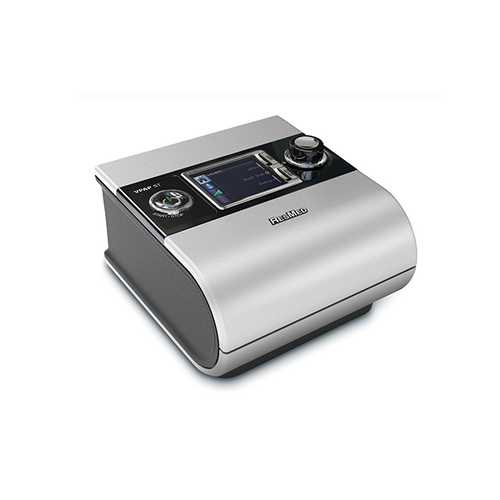
description
Portea offers rental and sale options for equipment and provides comprehensive support to S9 VPAP ST-dependent patients. Our expert team assists in selecting the most suitable product and administration range to meet individual needs.
ResMed’s VPAP ST is designed to provide quiet and comfortable bilevel treatment, especially for patients with complex medical requirements. It is also recommended for first-time patients who may be more sensitive to treatment adherence during the initial stages of therapy.
The S9 VPAP ST devices feature intelligent iVAPS (Intelligent Volume-Assured Pressure Support) or Assured Therapy Support, ensuring efficient treatment delivery on a breath-by-breath basis. Studies have shown that patients initially resistant to non-invasive ventilation could tolerate VPAP treatment with iVAPS for longer durations compared to traditional pressure support methods.
Starting patients on non-invasive ventilation treatment can be challenging for clinicians. However, the S9 VPAP ST with iVAPS significantly improves patient acceptance and adherence to treatment. The iVAPS algorithm is an automatic volume confirmation calculation designed to optimize compliance for patients experiencing frequently changing hypoventilation episodes during treatment.
Due to the comfort and effectiveness of iVAPS, patients are more likely to use the NIV system for extended periods and adhere to their treatment regimen more consistently than when using traditional pressure support.
With Portea’s support and ResMed’s innovative VPAP ST technology, patients can experience improved treatment outcomes and enhanced comfort throughout their therapy journey.
specification
- Weight: 1.84 lb (835 g)
- Dimensions: 6.0 x 5.5 x 3.4” / 153 x 140 x 86mm
- Operating pressure range: ST, T & S modules- IPAP: 4 TO 25cm H2O / EPAP: 3 to 25 cmH2O / CPAP Module: 4 to 20 cm H2O
- Sound pressure level (CPAP mode): 24 dBA with uncertainty of 2 dBA as measured according to ISO 17510-1:2002
- 90W power supply unit: Input range 100-240V, 50-60Hz, 70W (80VA), (typical power consumption), >100VA (maximum power consumption)
- Operating: Temperature 41°F to 95°F (+5°C to +35°C), Humidity 10-95%, non-condensing, Altitude sea level to 8,500′ (2,591 m)
- Storage and transport: Temperature -4°F to 140°F (-20°C to +60°C), Humidity 10-95% non-condensing
faqs
1. What is the difference between VPAP and CPAP?
The main difference between VPAP (Variable Positive Airway Pressure) and CPAP (Continuous Positive Airway Pressure) lies in their functionality and level of customization:
- Functionality: CPAP delivers a continuous, fixed airway pressure throughout the breathing cycle, maintaining the airway open during inhalation and exhalation. On the other hand, VPAP provides variable positive airway pressure, adjusting the pressure levels based on the patient’s breathing patterns and needs.
- Customization: VPAP offers a greater degree of customization compared to standard CPAP technology. While CPAP provides a fixed pressure setting, VPAP allows for more flexibility in adjusting pressure levels to suit individual patient requirements.
- Automation: VPAP does not automatically adjust airway pressure like an APAP (Auto-adjusting Positive Airway Pressure) device. APAP devices continuously adjust pressure based on real-time breathing patterns, whereas VPAP requires manual pressure settings.
- Patient Resistance: VPAP is often recommended for patients who resist CPAP therapy. Its ability to offer varying pressure levels can make it more comfortable and easier for patients to adapt to the treatment.
Overall, VPAP falls between CPAP and APAP on the positive airway pressure scale, providing a middle ground in customization and patient adaptability. It is commonly used for patients who require more flexibility than standard CPAP but do not need the automatic adjustments of an APAP device.
2. What is VPAP used for?
VPAP (Variable Positive Airway Pressure) machines are used to treat sleep apnea by providing varying airway pressure through the nose and throat, keeping the airway open during sleep. Unlike CPAP machines, which deliver continuous fixed pressure, VPAP machines offer two air pressure levels, making them beneficial for patients requiring more customized pressure settings for effective sleep apnea treatment.
3. Is VPAP and BiPAP the same?
Yes, VPAP and BiPAP refer to the same type of positive airway pressure therapy used to treat sleep apnea and other respiratory conditions. BiPAP stands for bi-level positive airway pressure, while VPAP stands for variable positive airway pressure. The terms are often interchangeable, but BiPAP is more commonly used in clinical settings. Some device manufacturers may prefer to use the word VPAP for their products. Despite the different acronyms, the treatment and function are essentially the same.
4. Is a VPAP a ventilator?
Yes, a VPAP (Variable Positive Airway Pressure) can be considered a type of non-invasive ventilator. VPAP devices are designed to deliver different levels of positive airway pressure to support breathing in patients with respiratory conditions, such as sleep apnea or other breathing difficulties.
Doctor Consultation
Nursing
Physiotherapy
Trained Attendant
Elder Care
Mother & Baby Care
Lab Tests
Medical Equipment
Speciality Pharma
Critical Care


